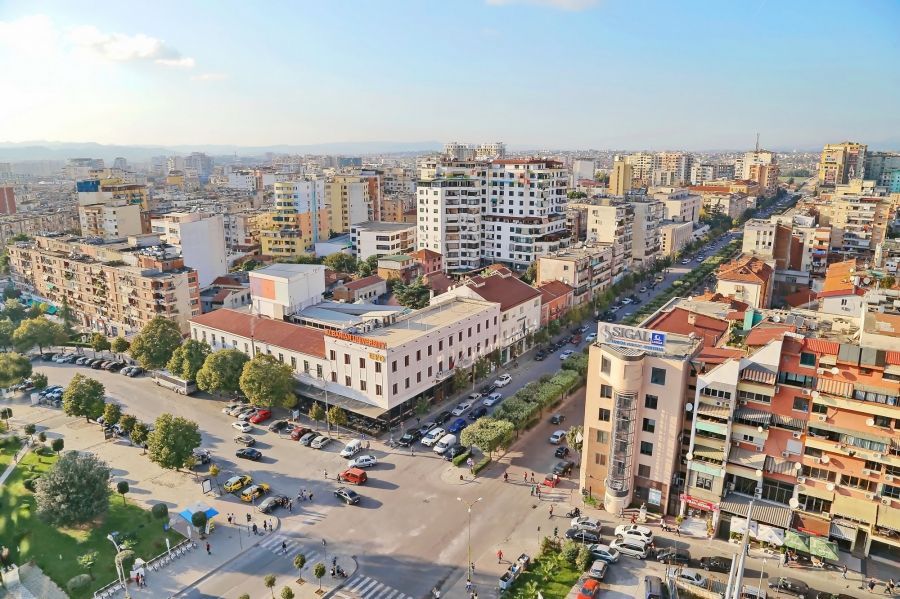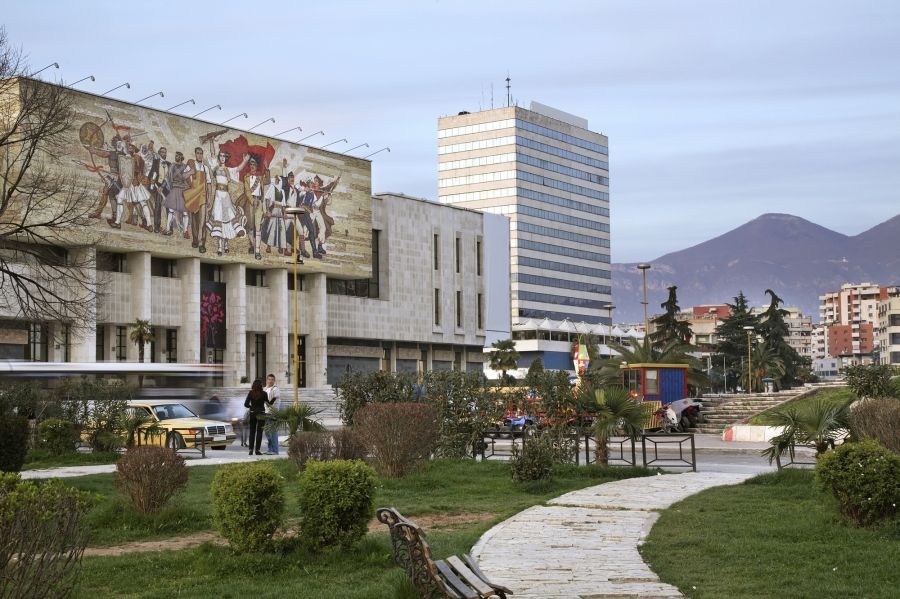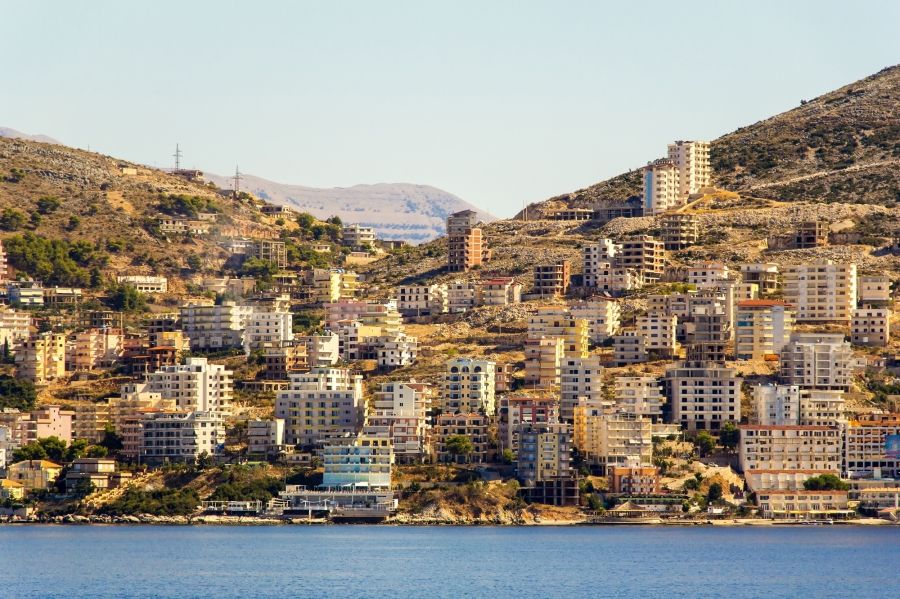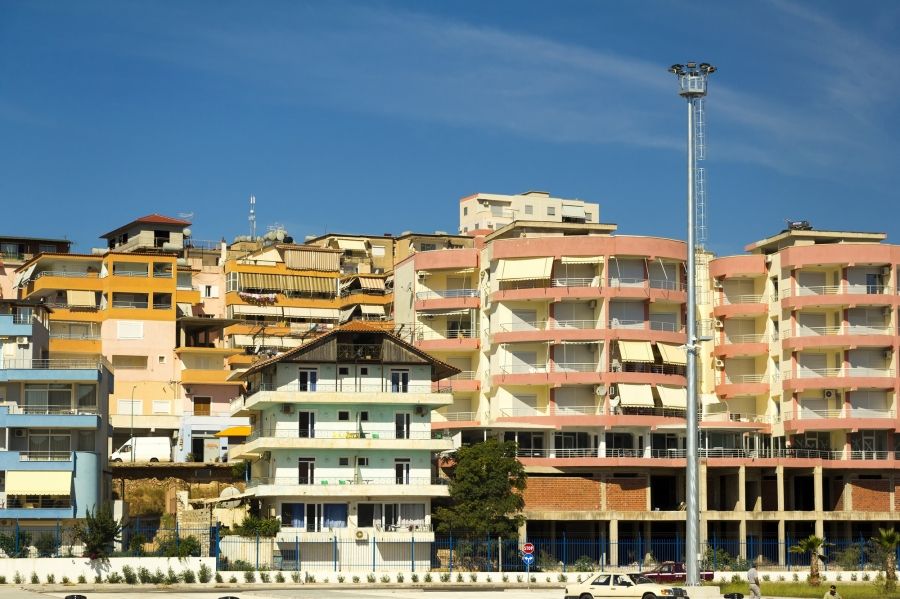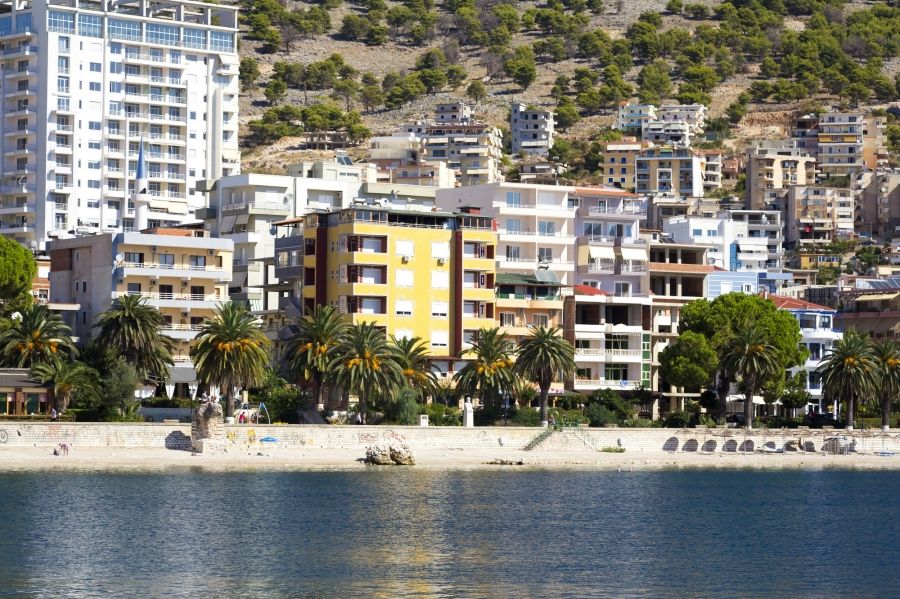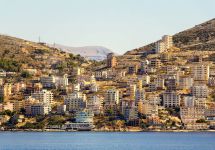Albanian way to tackle architectural boredom - colourful houses in Tirana
Formerly grey and dominated by monumental architecture typical for communist countries, today bold and fabulously colourful. So much so that in Tirana, the capital of Albania, you do not need addresses with street names.
Often short descriptions like: “a red building opposite the Sky Tower" or “ a green building near the Skanderbeg Square” are enough. Where did the idea of so many colourful houses in Tirana come from?
This is a result of a decision made by Edie Rama - who, in 2000, became the mayor of Tirana and hit on an idea to transform grey town into a capital full of colours. He ordered to repaint the facades of blocks immediately. As a painter, he could not stand the view of grey and post-communist architecture (in Tirana buildings dating back to the Hoxha regime are predominant, e.g. a monumental building of the National Historical Museum, as well as the headquarters in neoclassical buildings). He was not able to change the shape of the buildings, but colours was. The bolder colours, the better - that was a rule he was driven by.
And even today you can go for a stroll past houses in bright colours - yellow, green, blue and pink. What’s more, on one of the very same blocks you can see mosaic of contrasting colours (they do not form a geometric arrangement), whereas another neighbouring building is in purple-pink colour - the entire one. This all makes the city look free and laid-back.
Colourful blocks are practically everywhere (over the period of 15 years the capital has expanded three times), similarly to e.g. colourful bicycle stands or gateways to properties. As if this was not enough, also power boxes are ornamented in colourful patterns. They are mostly painstakingly made murals, often of two or three storey size.
Tirana itself is not famous for any monuments, which it could be boastful about. Only villas in Italian style located in some areas of the city are worth taking a glance, which are dated back to 1920 and e.g. antique mosaics. The latter, where you can see e.g. early Christian motifs, are, however, well hidden between the blocks on the outskirts of the capital.
Also after dusk Tirana does not lose its colours. Not only are buildings illuminated in colour, but also fountains and monuments. Some of street lamps, e.g. those leading to trendy restaurants, are in a shape of gigantic night lights.
